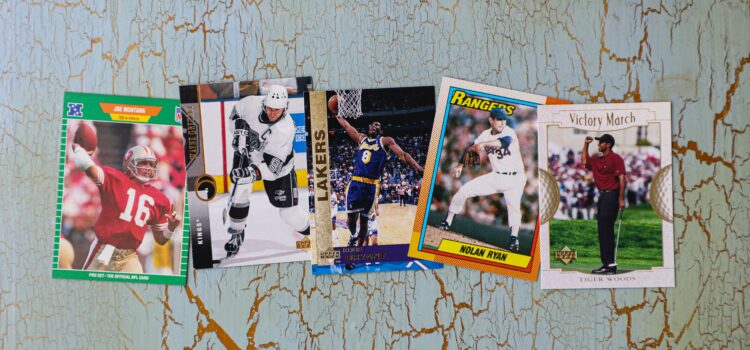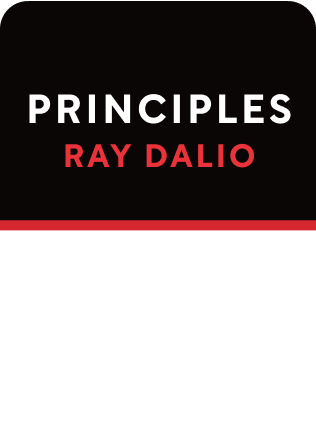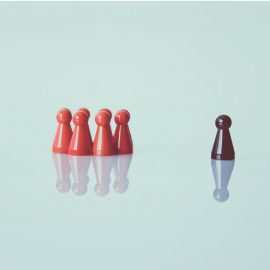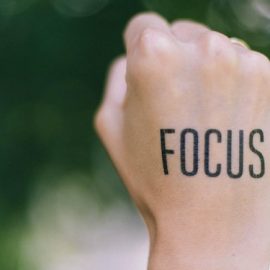

This article is an excerpt from the Shortform summary of "Principles: Life and Work" by Ray Dalio. Shortform has the world's best summaries of books you should be reading.
Like this article? Sign up for a free trial here .
What are the Ray Dalio baseball cards? How do the baseball cards work, and why are they effective?
Ray Dalio’s baseball cards system was a way to show each person’s strengths and weaknesses in a transparent way. That way, each person had the ability to lean on each other’s strengths, and work on their own weaknesses.
Keep reading to find out more about the Ray Dalio baseball cards system.
Baseball Cards, Tools, and Decision Making
Once facts and viewpoints are put out there through radical truth and thoughtful disagreement, how do you reconcile them to make the best decisions? Bridgewater’s baseball cards helped people see their strengths and weaknesses clearly in order for them to successfully work together.
To maintain order and allow the best decisions to surface, people must agree on procedures to resolve disagreements, and abide by the conclusions of the procedures. At Bridgewater, the procedure they use is believability-weighted decision making.
“Believability-weighted” means to weigh the opinions of people who are more believable more heavily than less believable people. This is distinctly different from weighing everyone’s votes equally, as in a democracy.
Who are believable people? They are people who 1) have repeatedly succeeded at the thing in question, and 2) can logically explain their conclusions. It makes sense to value the opinions of successful people more than those with little experience. So what do Bridgewater’s baseball cards have to do with this?
Bridgewater’s Dot Collector
At Bridgewater, Baseball Cards and the Dot Collector tool help people see each other’s track records and believable areas. Recall that the Dot Collector is a tool used during meetings where people can award each other dots (positive or negative) on a few dozen attributes, such as expertise in the topic area, creativity, open-mindedness, and so on.
People who are rated as more believable in an attribute have more weight behind the dots they give for that attribute. Over many meetings and many ratings by other people, a person’s strengths and weaknesses become very visible through the Dot Collector.
The Ray Dalio Baseball Cards App
The Ray Dalio Baseball Cards are summaries of people’s strengths and weaknesses and the underlying evidence behind them. The data comes from the Dot Collector as well as performance reviews, personality assessments, and their track record.
The Ray Dalio Baseball Cards system help people assess how believable others are. They also help people construct complementary teams of different abilities.
Dalio found that just knowing their personality types wasn’t enough. People would enter meetings and ignore their personality differences, assuming everyone was equally good at all tasks and assigning jobs accordingly. For example, people who didn’t care about details were given detail-oriented tasks.
To make the differences between people more explicit, Dalio started making “baseball cards” that showed each person’s strengths and weaknesses, along dimensions like inquisitiveness, outgoingness, conflict resolution ability, and assertiveness. Ray Dalio used baseball cards, people could then decide which people were best suited for which jobs.
Understandably, this level of transparency met with resistance at first, but over time the Bridgewater team found it freeing. It’s comfortable to work with people who know what you’re all about, and it’s relieving to have your weaknesses acknowledged instead of hiding them.
Using Algorithms for Management
Just as the Ray Dalio baseball cards system helped track people strengths and weaknesses, they used computers to automate investment decisions, Dalio wanted to automate people management using algorithms. To him, there was nothing special about management that prevented it from being codified into rules. Just as with investments, automating management would come with advantages—thinking through good rules would strengthen the logic and reasoning; decisions would be consistent and unemotional; and people could continuously improve the machines with their creativity.

———End of Preview———
Like what you just read? Read the rest of the world's best summary of Ray Dalio's "Principles: Life and Work" at Shortform .
Here's what you'll find in our full Principles: Life and Work summary :
- How Ray Dalio lost it all on bad bets, then rebounded to build the world's largest hedge fund
- The 5-step process to getting anything you want out of life
- Why getting the best results means being relentlessly honest with everyone you work with






